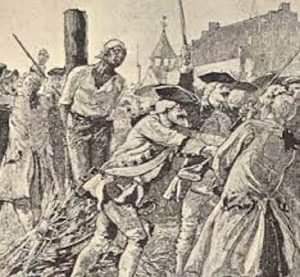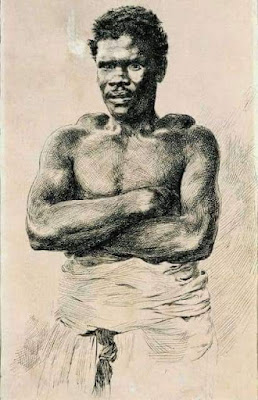The Conspiracy of 1741
In 1741, the New York Conspiracy is affirmed. Also called the Conspiracy of 1741, also known as the Slave Insurrection of 1741, was a purported plot by Black slaves and poor whites in the (then) British colony of New York.
Occurring in March and April of that year, it was a revolt to level New York City with a series of fires. Historians disagree as to whether such a plot existed and if there was one, its scale. During the court cases, the prosecution kept changing the grounds of the accusation, ending with linking the insurrection to a "Popish" plot by Spaniards and other Catholics.
At the time, Manhattan had the second-largest slave population of any city in the Thirteen Colonies after Charleston, South Carolina. Rumors of a conspiracy arose against a background of economic competition between poor whites and Black slaves; a severe winter; war between Britain and Spain, with heightened anti-Catholic and anti-Spanish feelings; and recent slave revolts in South Carolina and the Caribbean.
In March and April 1741, a series of 13 fires erupted in Lower Manhattan, the most significant one within the walls of Fort George, then the home of the governor. After another fire at a warehouse, a slave was arrested after having been seen fleeing it. A 16-year-old Irish indentured servant, Mary Burton, was arrested and testified against the others.
The suspected culprits were New York's slaves, some 200 of whom were arrested and tried for conspiracy to burn the town and murder its white inhabitants. As in the Salem Witch trials, a few witnesses implicated many other suspects. In the end, over 100 people were hanged, exiled, or burned at the stake.
Most of the convicted people were hanged or burnt – how many is uncertain. The bodies of two supposed ringleaders, Caesar, a Black slave, and John Hughson, a white cobbler and tavern keeper, were gibbeted.
Their corpses were left to rot in public. Seventy-two men were deported from New York, and sent to Newfoundland, various islands in the West Indies, and the Madeiras’. (African American Registry, 2023)




Comments
Post a Comment